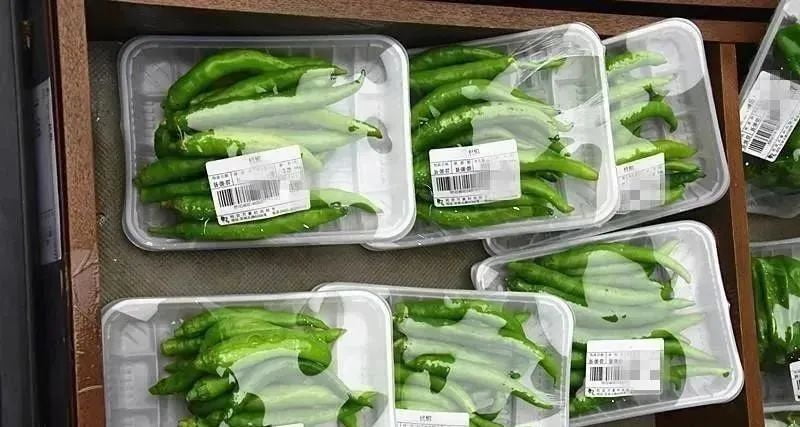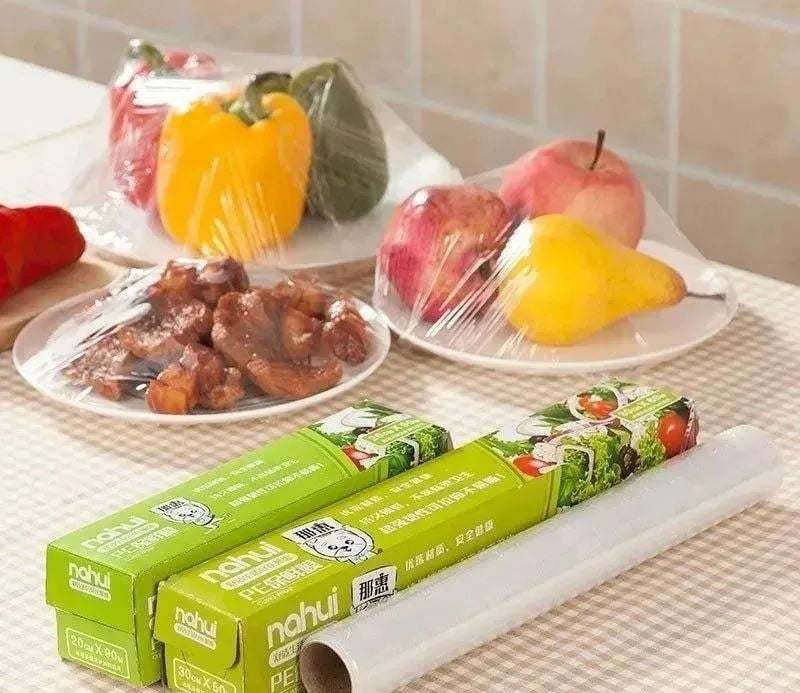PLA is one of the biodegradable materials that have received the most attention in domestic and international research, with medical, packaging and fiber being its three most popular applications. With lactic acid of natural origin as the main raw material, PLA has excellent biodegradability and biocompatibility, and its life cycle load on the environment is significantly lower than that of petroleum-based materials, which is considered to be the most promising green packaging material.
Polylactic acid (PLA) can be completely decomposed into carbon dioxide and water under natural conditions after disposal, and has good water resistance, mechanical properties, biocompatibility, can be bio-absorbed, and no pollution to the environment. PLA also has good mechanical properties.
It has high impact strength, good flexibility and thermal stability, plasticity, processing and molding, no discoloration, good permeability to oxygen and water vapor, and at the same time has good transparency, anti-mold, anti-bacterial, and a service life of 2~3 years.
Film-based food packaging:
The more important performance indicators of packaging materials is the permeability, according to the different permeability of the material can determine the application of this material in the packaging. Some packaging materials require breathability to oxygen in order to supply sufficient oxygen to the product. Some packaging materials in the material requirements of its oxygen barrier, such as as beverage packaging requires materials that can prevent oxygen from entering the package to inhibit the growth of mold. PLA has gas barrier, water barrier, transparency and good printability.
Transparency
PLA has good transparency and gloss, and its excellent properties are comparable to cellophane and PET, which are not found in other biodegradable plastics. The transparency and gloss of PLA is 2 to 3 times that of ordinary PP film and 10 times that of LDPE. Its high transparency makes it possible to use PLA as packaging material with beautiful appearance. If used for candy packaging, many candy packages in the market currently use PLA packaging film.
This packaging film has similar appearance and usage properties to traditional candy packaging films, with high transparency, excellent kink retention, printability and strength, as well as excellent barrier properties to better retain the flavor of the candy.

PLA film has good transparency
Barrier properties
PLA can be made into film products with high transparency, good barrier properties, excellent processing and molding properties and mechanical properties, which can be used for flexible packaging of fruits and vegetables. It can create a suitable storage environment for fruits and vegetables, maintain the life activities of fruits and vegetables, delay aging, maintain the color, flavor, taste and appearance of fruits and vegetables. However, when applied to the actual food packaging materials, some modifications are needed to adapt to the food's own characteristics in order to achieve better packaging results.
For example, in concrete practice, the experiments found that the mixed film was better than the pure film. Yi-Yin Ho packed broccoli with pure PLA film and PLA composite film, respectively, and stored it at (22±3)°C. The changes of various physiological and biochemical indicators of broccoli during storage were tested periodically.
The results show that the PLA composite film is more effective in preserving broccoli at room temperature storage, enabling the formation of a humidity level and aerobic environment in the bag that is conducive to regulating the respiratory metabolism of broccoli, which better maintains the appearance quality of broccoli and enables its original flavor and taste to be well preserved, thus extending the shelf life of broccoli at room temperature by 23 days.

PLA film for food preservation
Antibacterial
PLA can make the product surface form a weak acidic environment, with antibacterial and anti-mold basis, if auxiliary use of other antimicrobial agents can reach more than 90% of the antibacterial rate, can be used for antibacterial packaging of products.
Min Yin investigated the effect of new PLA nanometer antibacterial composite film on the freshness of edible mushrooms, thus extending the shelf life of edible mushrooms and keeping their quality status well, taking bisporus mushrooms and golden ears as examples. The results showed that the PLA/rosemary essential oil (REO)/AgO composite film was effective in delaying the reduction of vitamin C content in golden ears.
Compared with LDPE film, PLA film and PLA/REO/TiO2 film, the water permeability of PLA/REO/Ag composite film is significantly higher than several other films. It was concluded that it can effectively prevent the formation of condensation and achieve the effect of inhibiting the growth of microorganisms; at the same time, it also has excellent antibacterial effect and can effectively inhibit the reproduction of microorganisms during the storage of golden ears, which can significantly extend the shelf life to 16 days.

At the same time, compared with ordinary PE cling film, PLA is more effective
Li Wei et al. investigated the effect of PE cling film and PLA film on the freshness of broccoli, respectively. The results showed that the use of PLA film packaging could inhibit the phenomena of broccoli yellowing and flower bulb shedding, and effectively maintain the chlorophyll, vitamin C and soluble solids content of broccoli. PLA films have excellent gas selective permeability, which helps to create a low O2, high CO2 storage environment inside the PLA bags, which in turn can inhibit the vital activities of broccoli and reduce water loss and nutrient depletion. The results show that PLA film packaging can extend the shelf life of broccoli at room temperature by 1~2 days compared with PE cling film packaging, and the freshness preservation effect is obvious.

